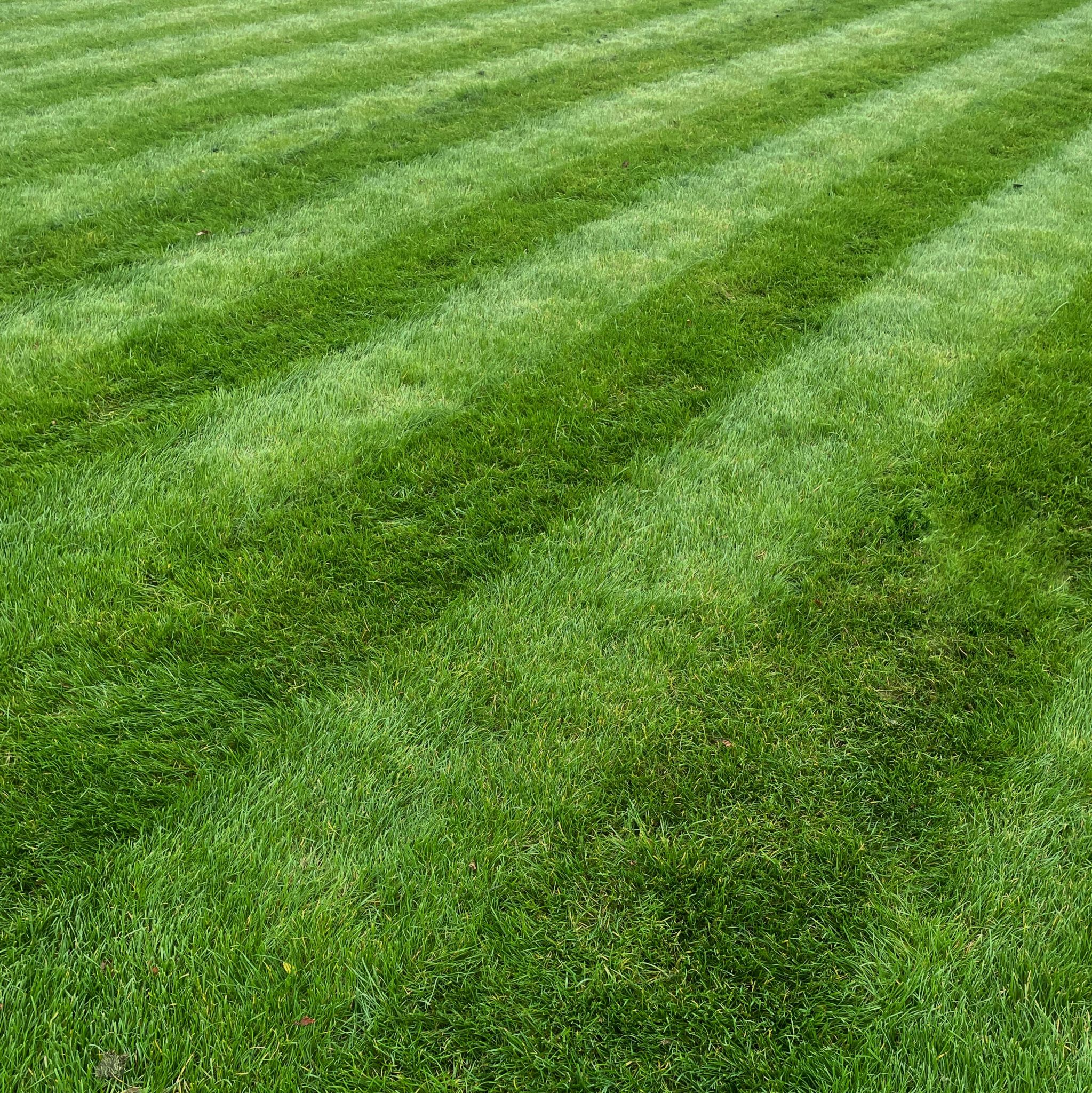How Local Weather Affects Your Lawn: A Jasper Perspective
Ro
Understanding the Impact of Local Weather on Your Lawn
When it comes to maintaining a lush and healthy lawn, one of the most crucial factors to consider is the local weather. Each region's unique climatic conditions can significantly influence the way you care for your grass. From temperature fluctuations to precipitation patterns, understanding these elements can help you make informed decisions for your lawn care routine.

The Role of Temperature
Temperature plays a pivotal role in the growth and health of your lawn. Cool-season grasses, such as Kentucky bluegrass and fescue, thrive in temperatures ranging from 60°F to 75°F. In contrast, warm-season grasses like Bermuda and Zoysia prefer temperatures between 80°F and 95°F. Monitoring temperature trends can help you determine the best times for seeding, fertilizing, and mowing.
During extreme heat, your lawn may go dormant, appearing brown and brittle. While this may be concerning, it's a natural survival mechanism, and your grass will usually recover once cooler temperatures return. Conversely, freezing conditions can damage grass blades and roots, so it's essential to prepare your lawn for winter by applying a protective layer of mulch.
Precipitation Patterns and Their Effects
Rainfall is another critical factor affecting your lawn's health. Adequate water is essential for grass growth, but too much or too little can cause problems. In periods of drought, your lawn may require additional watering to compensate for the lack of natural moisture. Installing a reliable irrigation system can help ensure your lawn receives consistent hydration.

On the other hand, excessive rainfall can lead to waterlogged soil, which suffocates grass roots and promotes fungal growth. If your area experiences frequent heavy rains, consider improving soil drainage with aeration or using raised beds to prevent water accumulation.
Seasonal Changes and Lawn Care
Each season presents unique challenges and opportunities for lawn care. Spring is the ideal time for aeration and fertilization as the grass begins to grow actively. Summer requires diligent watering practices to combat heat stress, while fall is perfect for overseeding and applying pre-emergent herbicides to prevent weeds.

Winter care involves preparing your lawn for dormancy. Remove debris to prevent mold growth and avoid heavy foot traffic on frozen turf to reduce damage. By adjusting your lawn care practices according to seasonal changes, you can maintain a thriving lawn year-round.
Customized Lawn Care Solutions
No two lawns are alike, and the best care plan considers both local weather patterns and specific grass types. Conducting a soil test can provide valuable insights into the nutrient needs of your lawn, allowing you to tailor fertilization practices effectively. Additionally, staying updated with local weather forecasts can help you anticipate changes and adjust your lawn care routine accordingly.
By understanding how local weather affects your lawn and adapting your care practices accordingly, you can enjoy a vibrant, healthy landscape that enhances your home's curb appeal throughout the year.
